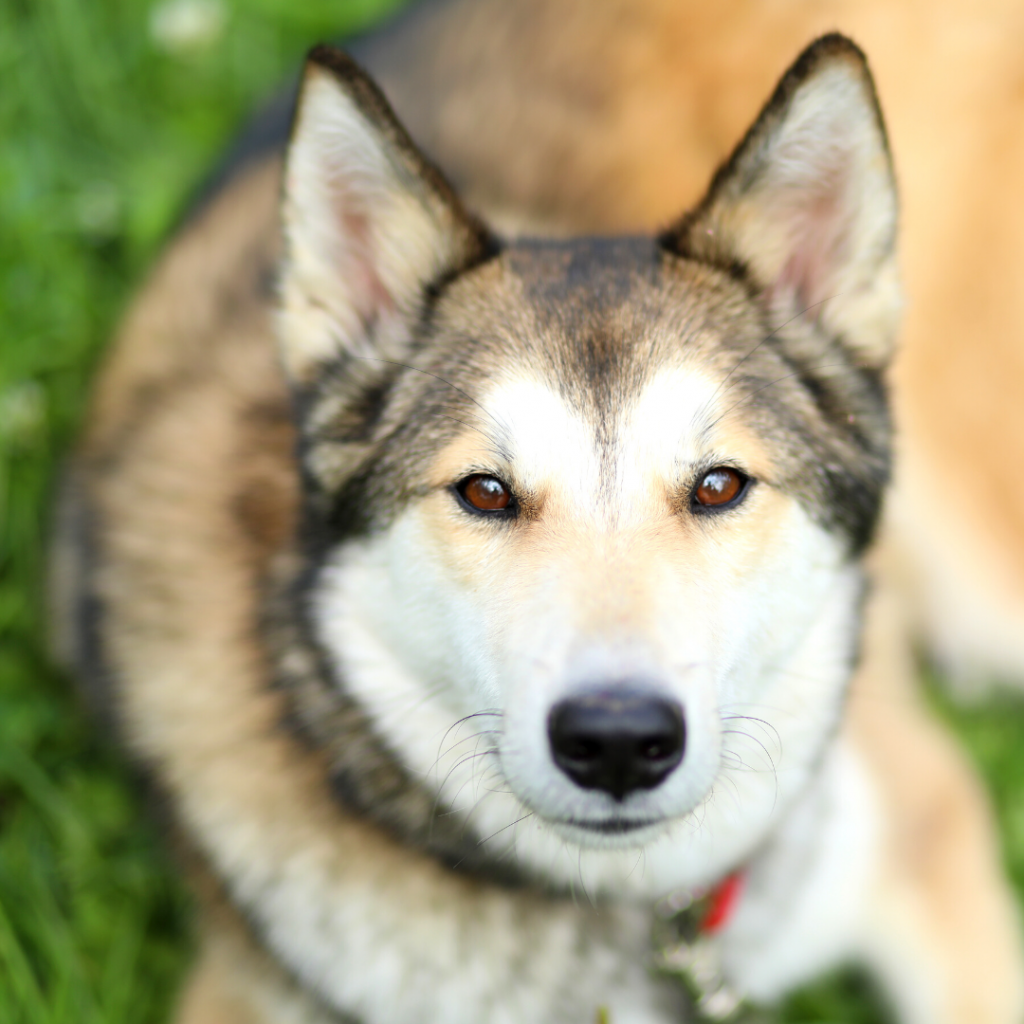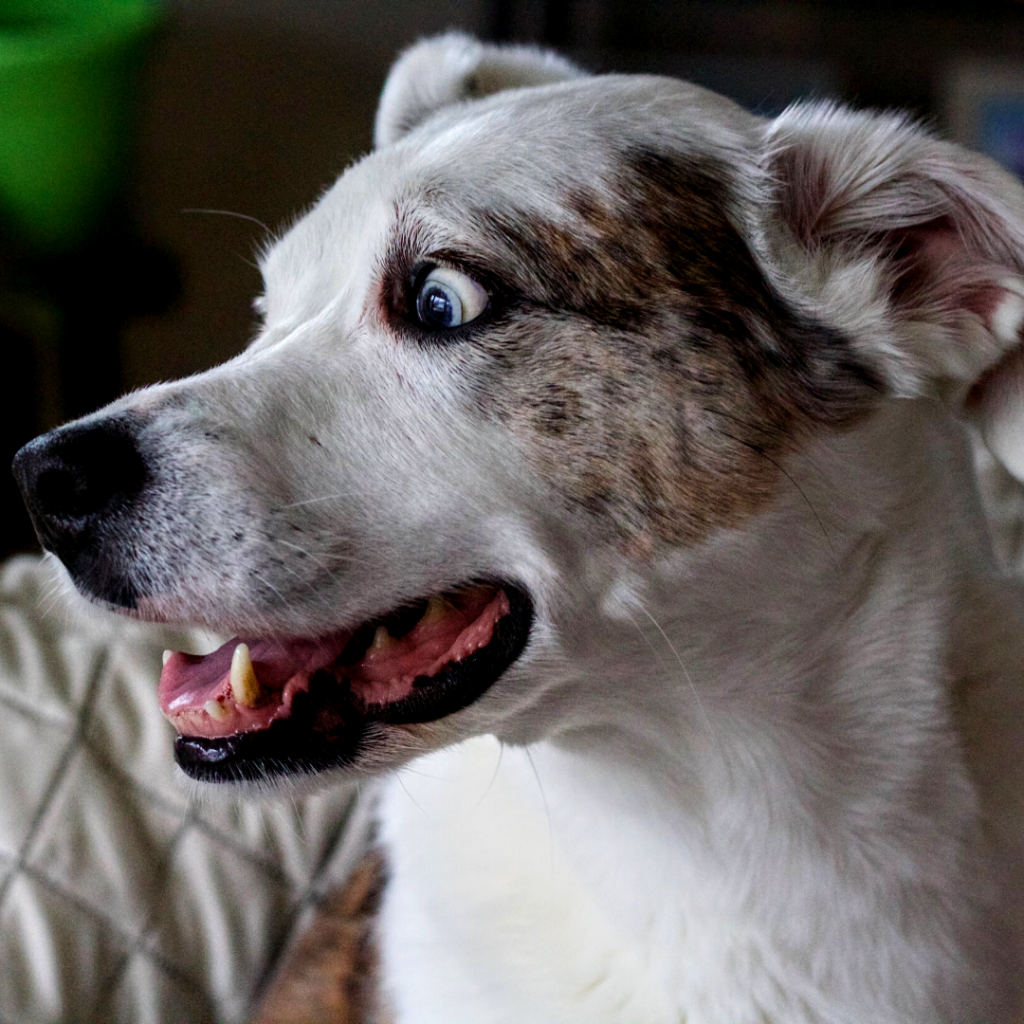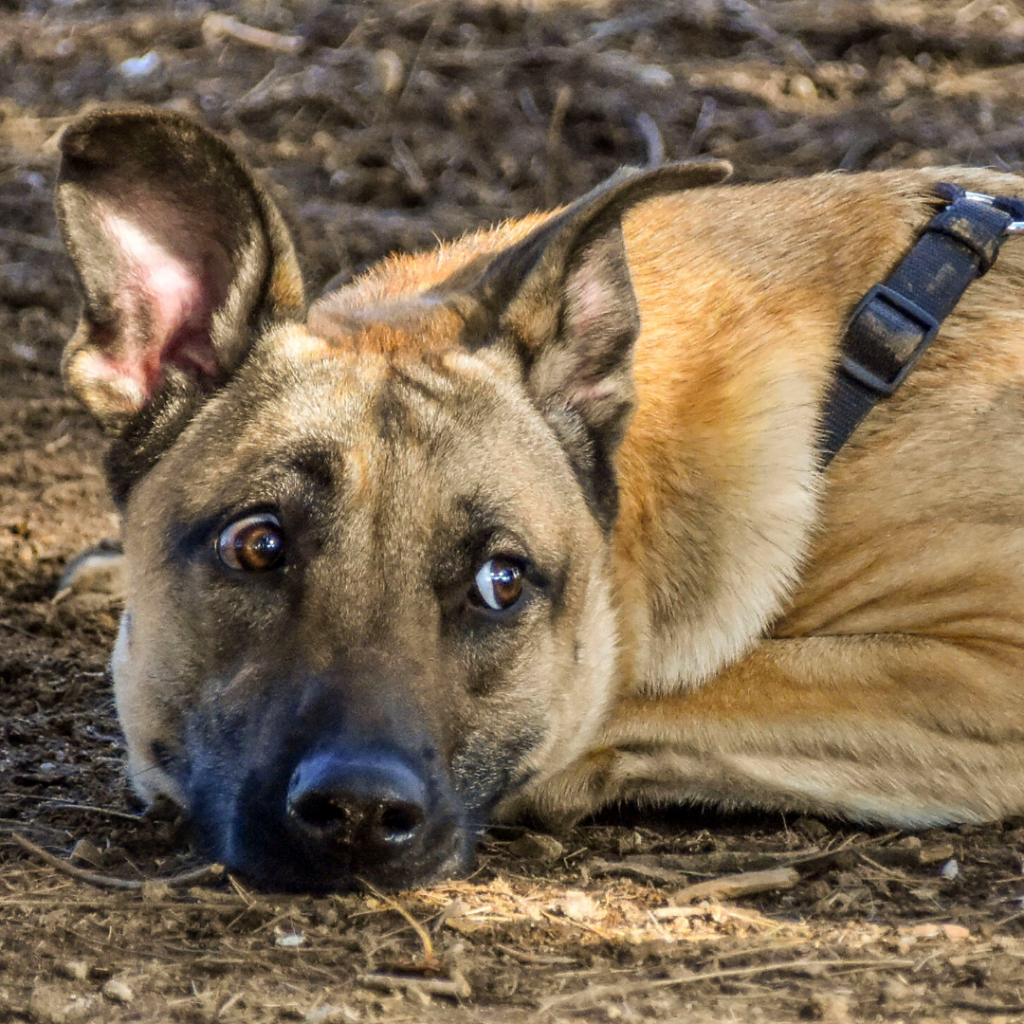In high school, one of my favorite classes was Human Anatomy and Physiology. I loved learning how the body was put together and how all the little parts worked to keep us alive. I know not everyone has the same geeky love of anatomy and science, but this body language signal is better understood with a bit of background.
Humans and primates enjoy looking at what other humans and primates are looking at. I can’t count the number of times I have thought I spotted a bug on the ceiling and my husband follows my gaze to check without me saying anything. Primates care where the danger is coming from.
Due to this, our eyes developed where the iris (or the colored part of your eye) doesn’t take up the whole surface area of the visible part of the eye. We can tell where someone else is looking by the amount of white we see on either side of the iris. It’s not something we consciously think about, but we are always interested in what other people are looking at.
Dogs don’t care as much. They don’t naturally watch each other’s eyes to spot danger or look at something together. That behavior isn’t part of their repertoire.

So, their eyes developed with the iris taking up their whole eye. When a dog is looking at you, it isn’t common to see any part of the whites of their eyes. Because of this, it is easy to spot when you do see it – it’s either there or it’s not.
When you can see the whites of their eyes, it is commonly referred to as whale eye.
Whale eye occurs when a dog feels conflicted. In a stressful situation, the dog may turn their head away from the stressor in a peacekeeping maneuver, but they are still worried so need to keep an eye on whatever is worrying them. This causes their eye to move to the corner and the whites to be exposed.
This behavior is often accompanied by other signs of stress. You may see lip licking or yawning, his hair may be standing up along his spine, or he might even growl or freeze in place. These are all warning signs that need to be taken seriously.

I always tell clients that this is a big red warning sign. If we see this around a child, we need to create distance to lower the stress of our dog. When distance is achieved, we can evaluate what exactly was making the dog uncomfortable. Without acting, a dog exhibiting this kind of stress could become defensively aggressive.
Here are a few situations in which you might see whale eye:
1. One dog is chewing a bone on the living room floor. Another dog begins approaching. The dog with the bone stops chewing, turns his head, and displays whale eye. He may even lift his lip. The other dog turns his head and leaves in peace.
2. A child approaches a dog and hugs her neck. She turns her head away from the child, but you see whale eye as she feels the need to keep an eye on the child.
3. You begin approaching a dog to greet him, but as you get closer, he turns his head, and you see the whites of his eyes.
In all these situations, the dog is conveying their discomfort and stress. When you notice this with your dog or another dog, they are asking you for help. This is not an appropriate time for punishment. Scolding your dog could make the situation worse.
Whale eye is an expression of an external problem. By adding distance, stopping an approach, or changing the environment, we can lessen their anxiety. In the future, we can take measures to make our dog more comfortable with the situation through training. But in the moment, find a way to ease your dog’s stress and fear.


Recent Comments